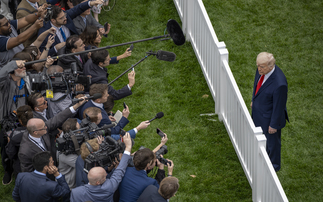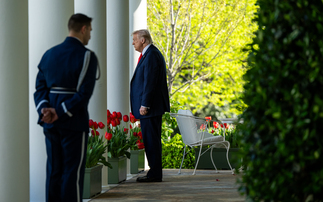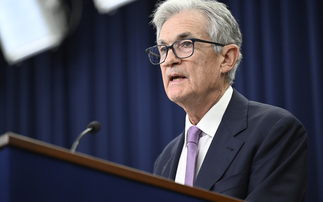In the first of a special three-part Big Question, fund managers give their views on whether President Trump can deliver on his campaign promises, and what this will mean for markets.
Rory McPherson, head of investment strategy at Psigma Investment Management
Market rotation too far
Markets are focusing on all that is good and ignoring some of the key detail. In particular, will Trump actually be able to finance his promised growth and will the US Houses sign it off?
The equity rally and in particular the rotation into value sectors post-Trump's election has been massive - the second biggest such move in over 30 years. Quite simply, we believe this rotation among investors has moved too fast and too far.
Trump has promised 4% growth for the US economy, which seems a real stretch for an economy which is pretty much at full tilt already. The debt ceiling will likely need to be raised in March to fund spending, and markets seem overly complacent that Republicans will give the thumbs up to spending plans which are likely to be targeted in Democrat states.
All this before we even start talking about expensive equity markets, falling profit margins and aggressive earnings estimates for this year.
Throw these factors into the mix and you can understand why many are somewhat sceptical about the ability for Donald to practice what he tweets.
Gill Hutchison, research director at The Adviser Centre
Scale of uncertainty
In many ways, equities have been correct to applaud the prospects of a new regime under President Trump. Markets were already sniffing out a shift in growth and inflation well before the election, with US 10-year yields reaching a record low of 1.36% in July 2016 and rising ever since, and more cyclical equity sectors beginning a trend of outperformance.
These moves made sense on valuation grounds alone - a Trumponomic future simply served to reinforce these dynamics. However, we would caution that Congress may be less keen on a Trump giveaway, let alone trade wars and big walls.
Today, unrelenting low bond yields signal a sluggish economy and yet euphoric US equities suggest that Goldilocks is back, with glass-half-full investors betting that earnings upgrades will justify elevated valuations.
While bonds are far from appealing given economic developments, US equities leave little room for disappointment. This may not matter while momentum is in charge, but if there was ever a time to watch your backs, this is it.
Equity pricing simply does not account for the scale of uncertainty that lies before us.
James Horniman, portfolio manager at James Hambro & Partners
Pressure-cooker moment
Equity markets measured by crude PE ratios are at the top of historical ranges in most markets. More worryingly, the cyclically-adjusted, longer-term Shiller PE ratios show the US at levels only exceeded at the end of the 1920s and the 1990s bull market.
Trump's inauguration could prompt a more balanced assessment of investment prospects and there may well be a pressure-cooker moment when markets let some steam out as they did last February.
A correction may bring with it buying opportunities. The fundamentals are positive and a recovery based on fiscal stimulus looks appealing, though inflation and interest rates may rise - both signs of a growing economy and nothing to fear if the rises are modest.
Investors probably have been too optimistic but it could be costly to assume it is all about to explode. We are keeping about 10% in cash to dampen the impact of a correction and for opportunistic investing.
Fortune favours the brave, but not the reckless.













